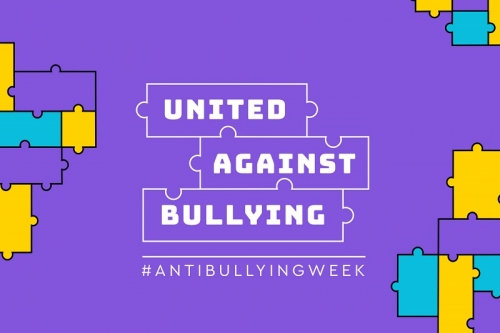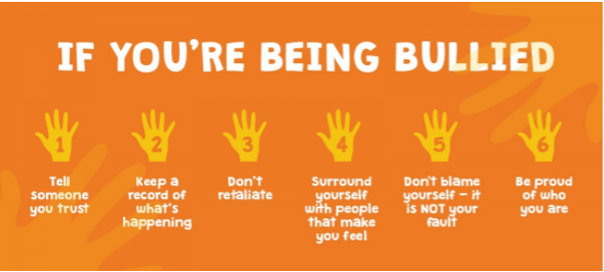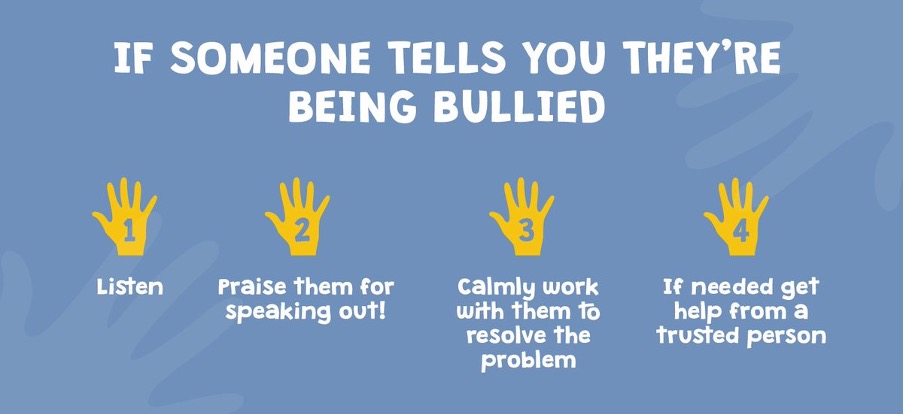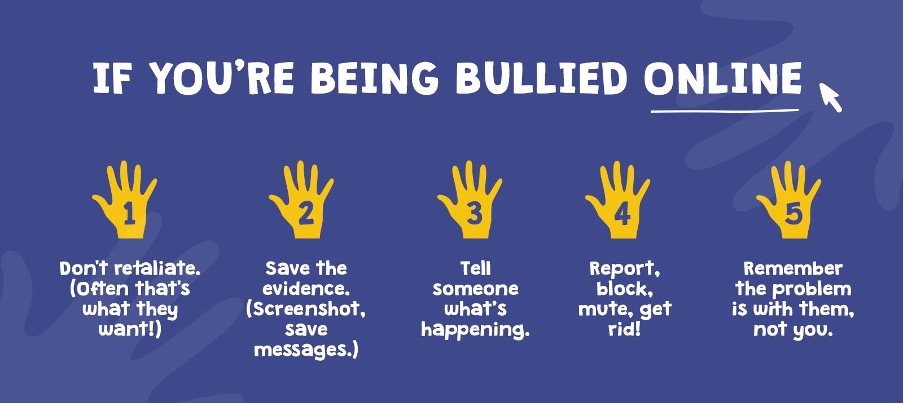Taking bullying seriously
As a school we take bullying and its impact seriously. Learners and parents should be assured that known incidents of bullying will be responded to. Bullying will not be tolerated. The school will seek ways to counter the effects of bullying that may occur within school or in the local community.
All of us have encountered bullying at some point in our lives, but we all deal with it differently. The aim of our Anti-bullying policy is to work together to ensure that our school is a safe place for learners and adults to be.

What is bullying?
Bullying is unacceptable behaviour used by an individual or group, REPEATED over time, that INTENTIONALLY hurts another individual or group either physically or emotionally. In other words, bullying at The Outdoors School is considered to be, “unacceptable behaviour which occurs ‘lots of times, on purpose’.”
Bullying can be:
- Emotional: being unfriendly, excluding, tormenting (e.g. hiding things, threatening gestures)
- Physical: pushing, kicking, biting, hitting, punching or any use of violence
- Social: purposefully excluding someone, spreading rumours about them or purposefully isolating them
- Racial: racial taunts, graffiti, gestures
- Sexual: unwanted physical contact or sexually abusive comments
- Homophobic: because of, or focusing on the issue of sexuality
- Direct or indirect Verbal name-calling: sarcasm, spreading rumours, teasing
- Cyber bullying: All areas of the internet, such as email and internet chat, including Online gaming misuse.
- Mobile threats: by text messaging and calls. Misuse of associated technology, i.e. camera and video facilities, iPad and games consoles.
Bullying may be related to:
- Race
- Gender
- Religion
- Culture
- SEN or disability
- Appearance or health condition
- Home circumstances, including young carers and poverty
- Sexual orientation, sexism, or sexual bullying, homophobia
Bullying can take place in the group sessions, breaks, on the journey to and from school, on residential trips and cyberspace. It can take place in group activities and between families in the local community.
Cyberbullying do’s and don’ts
Cyberbullying incidents can be a very confusing and upsetting experience for learners, parents and staff. However, there are many things you can do if you see – or experience – cyberbullying behaviour. It is never ok and we are here to support you through this.
Remember to:
Pause before posting
Take time to think before posting mean or hurtful comments that can really affect someone’s mental health. Never post when you are angry or after an argument.
Act appropriately
Be the bigger person; if you are having an argument with someone at school and they message you, ignore them. It is never a good idea to post mean or hurtful comments on social media. It is unkind and future colleges/universities/employers can search for this kind of information.
Understand the impact
Young people who experience cyberbullying are at a greater risk of both self-harm and suicidal behaviours. You never know how your actions/words are going to affect someone. You may think it is a ‘laugh’ or ‘banter’; however, the other person may not and this makes it bullying behaviour, not banter.
Sources of support
A lot of bullying behaviour can happen due to hard circumstances. Therefore, supporting someone exhibiting bullying behaviour is very important. If you see this happen, reach out to that person and offer them support.
Empower others
Why not start a social action campaign or trend on social media to encourage kindness? Empower others to be upstanders within their online communities. Be the change you want to see in the world.
The 4 steps
What to do if you are/someone you know is experiencing cyberbullying behaviour?
Below are 4 easy steps:
Screenshot
Screenshot evidence of posts/comments that show the bullying behaviour. This means you can gather the evidence to show school or a responsible adult what is happening. However, never screenshot inappropriate photos because it is illegal to possess inappropriate photos of someone under the age of 18.
Report, then block
Once you have saved the evidence, report the post. Most social media platforms/apps have a feature to report a photo, video, post, status, etc. They will sometimes ask you to write down why you are reporting the content. Most of the time, it is completely anonymous to report someone and they won’t know it is you. Then, you should block them to avoid further communication with them.
Tell someone
Cyberbullying can make you feel powerless and isolated. Let someone know what has happened and talk it through with them. A problem shared is a problem halved. This can be a friend, family or teacher. If you fear someone is experiencing cyberbullying, ask them if they want to talk about it and let them know you are there to support them. Asking ‘how are you?’ can make all the difference.
Do not reply
The motivations behind cyberbullying behaviour can be boredom and attention seeking. Therefore, do not give them the attention they are craving, ignore the comment and do not reply. If you engage with the person displaying bullying behaviour, it could get worse and you could say something in the heat of the moment that you later regret.


